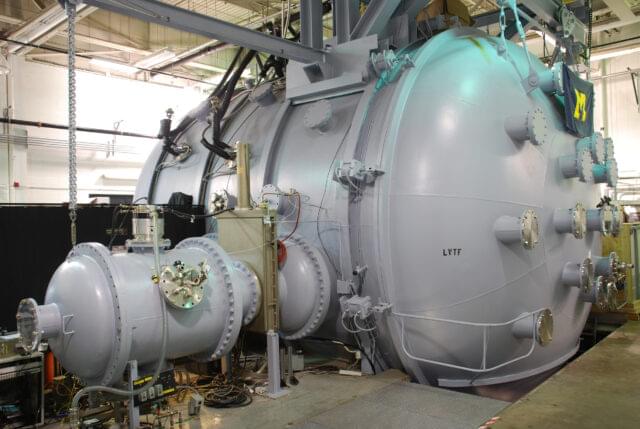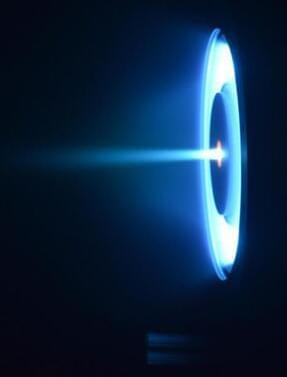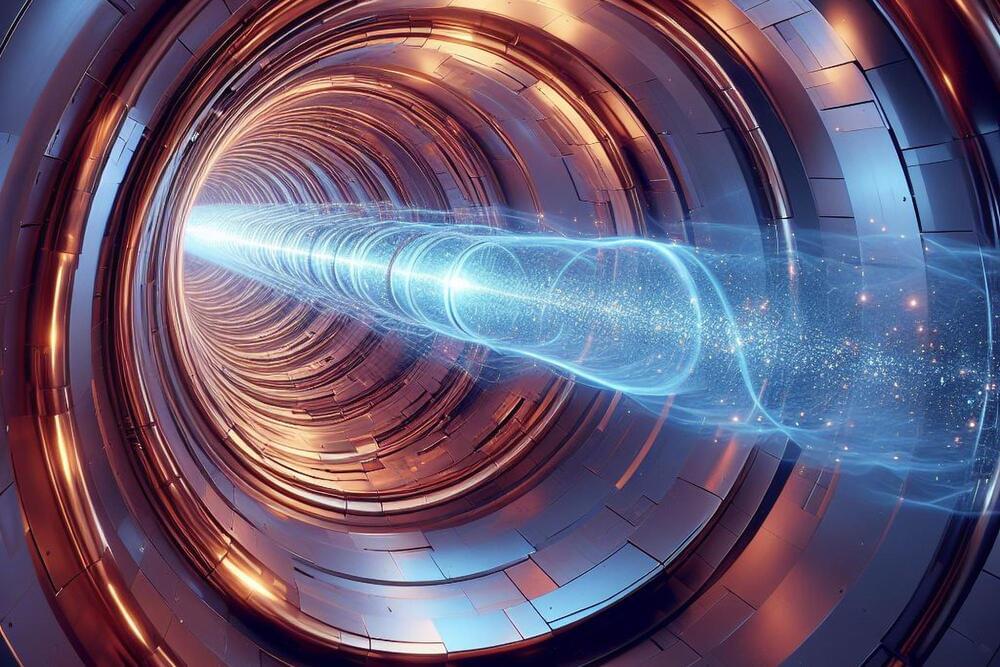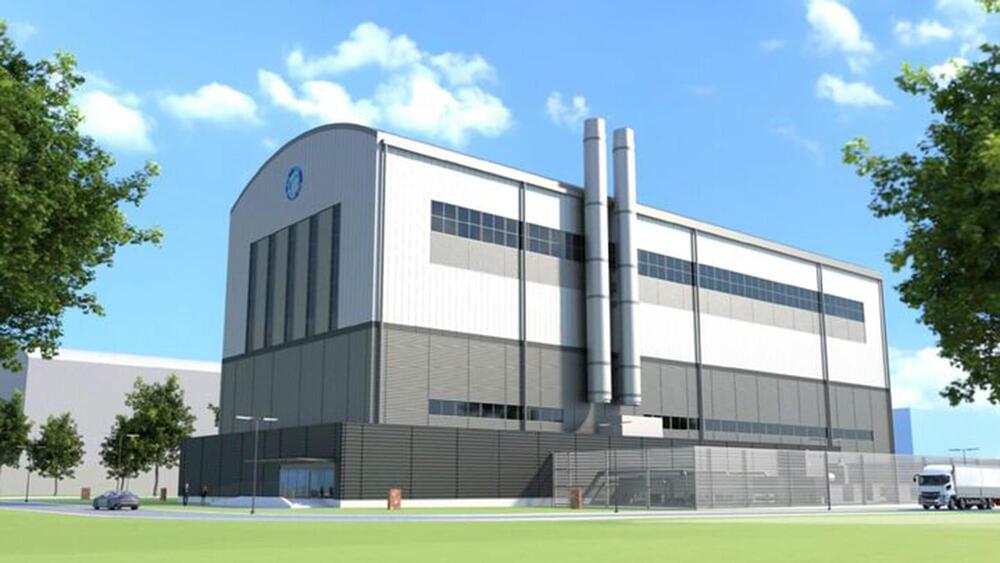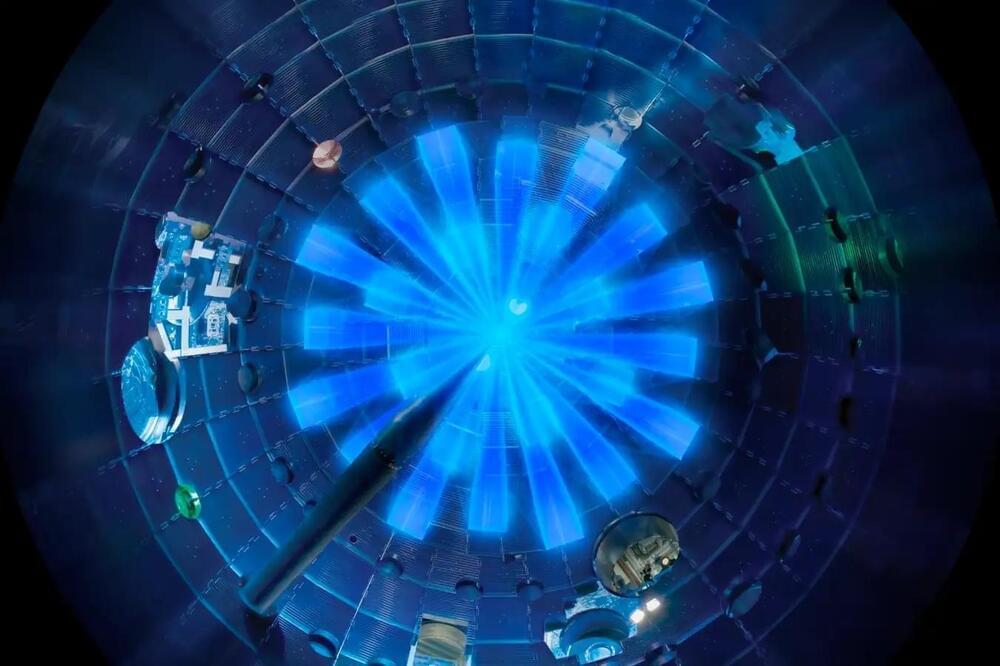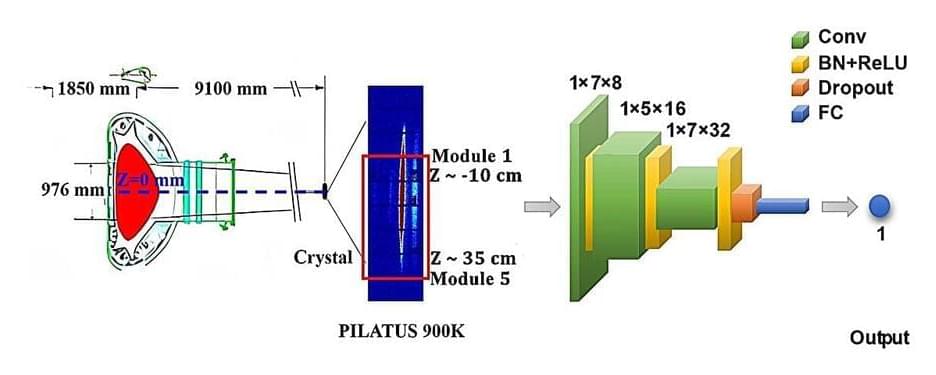Oct 19, 2024
Space Force funds $35M institute for versatile propulsion at U-M
Posted by Mike Diverde in categories: chemistry, nuclear energy, solar power, space travel, sustainability
This sounds very promising! The researchers are investigating the use of nuclear microreactors to power faster and more efficient electric propulsion systems.☢️🚀
To develop spacecraft that can “maneuver without regret,” the U.S. Space Force is providing $35 million to a national research team led by the University of Michigan. It will be the first to bring fast chemical rockets together with efficient electric propulsion powered by a nuclear microreactor.
The newly formed Space Power and Propulsion for Agility, Responsiveness and Resilience Institute involves eight universities, and 14 industry partners and advisers in one of the nation’s largest efforts to advance space power and propulsion, a critical need for national defense and space exploration.
Continue reading “Space Force funds $35M institute for versatile propulsion at U-M” »
